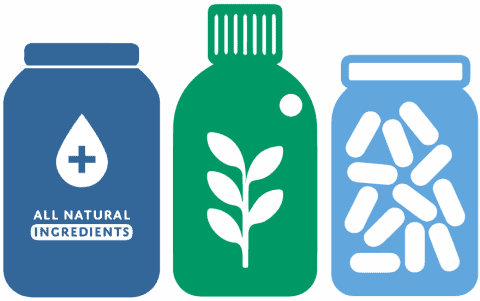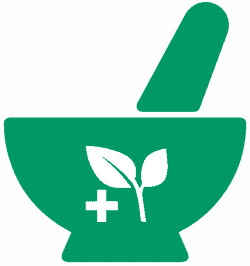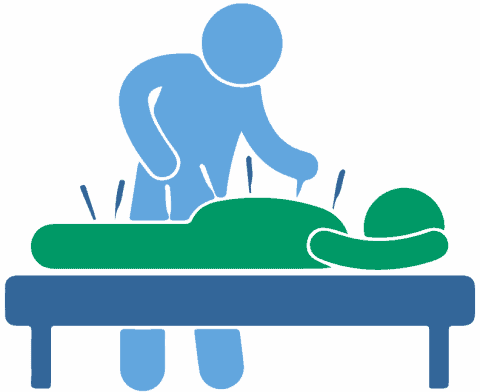Health and wellness are topics that have transcended their conventional meanings to become a trend — a commodity — where it is imperative that we seek out the best possible way to maintain our well-being.
Every day is punctuated by messages about optimal health with a steady barrage of promises and products in the media. There are hundreds of blogs and social influencers promoting the best possible wellness tips and tricks that are accessible to any reader who might be hungry to optimize their health. From diets to lasers, there are promises of healing in a myriad of methodologies.
On Nov. 7, the Sheaf conducted a week-long poll about health and wellness attitudes among students at the University of Saskatchewan. The results of this poll showed that 56.8 per cent of participants say that they highly value physical and mental wellness. Attitudes towards vaccines were also positive, with 60.5 per cent of participants stating that they intend to roll up their sleeves for influenza immunization.
When it came to complementary and alternative health services, a small 7.5 per cent of participants reported visiting a naturopath for treatment. Additionally, 37 per cent reported using chiropractors, 58 per cent reported that they have taken supplements and 55.7 per cent said that they believe acupuncture to be effective.
Complementary and alternative medicine is an umbrella term used to describe health services that are typically not considered part of conventional medicine. There has been a move within the CAM community to merge the two — complementary and mainstream treatments — in a marriage of health and wellness.
The alternative label of CAM has been mostly replaced with the terms like integrative medicine, which promotes the idea that these treatments can be used safely and effectively alongside an individual’s conventional treatments.
To get a better understanding of what CAM means, the Sheaf reached out to several members of the College of Medicine’s Centre for Integrative Medicine, who appear to promote integrating complementary health practices. Unfortunately, at time of publication, they had not responded to interview requests.
A quick Google search of “health and wellness in Saskatoon” yields a long list of businesses, practitioners and products. At first glance, one might be unable to distinguish the difference between complementary and conventional health services. With many health-care centres moving in similar directions with their marketing strategies and business titles, it can be confusing to navigate all of the options available.
One thing that is important to know is that complementary and conventional treatments are neither created nor covered equally. A Guide to Health Services in Saskatchewan outlines a list of options that are covered by your health card. Naturopathic, osteopathic, homeopathic and chiropractic services — all falling under the CAM umbrella — will cost you out of pocket, unless your personal health insurance happens to cover these alternative services.
The Fraser Institute has been tracking trends of CAM use in Canada for the last few decades. Their 2016 survey found that 79 per cent of Canadians have used at least one CAM service during their lifetime. It also found that CAM costs a lot of coin.
According to the institute, Canadians dropped around $8.8 billion on CAM products between the end of 2015 and the beginning of 2016. Practitioners of CAM were handed $6.5 billion for their services, while the remaining $2.3 billion was burned through to pay for vitamins, supplements, special diets and books.
That’s a massive business, on par with other billion-dollar industries in Canada like banks and transportation. However, it’s difficult to compare CAM to these sectors because CAM profits are hard to quantify. Canadians could be shelling out money to their naturopathic doctor or chiropractor — practitioners who have a regulatory body — or they could be paying a holistic nutritionist they came across on Instagram for diet and lifestyle guidance.
Acupuncture, naturopathic medicine and chiropractor treatments are among the mainstream CAM services, but the term can expand to include yoga, massage therapy, holistic nutrition and supplementation.
Perhaps, it may surprise you to learn that some of these services are included in this category, as they have become so integrated into our health culture.
Most CAM practices use scientific and biological language to describe their processes. The surrounding dialogues often imply a more spiritual or holistic narrative — a secret that mainstream services can’t provide. Oftentimes, what emerges are scientific-sounding practices that are rife with misinformation and little-to-no real evidence.
The increasingly popular BodyTalk System is an example of one of these substanceless services — its official website uses a lot of words to explain very little.
The BodyTalk System claims that every cell in your body is in constant communication and that stress can affect this communication — something that speaks true to cellular signaling. The science all falls apart, however, when they add in factors with very little physiological evidence like electromagnetic fields and meridian lines.
Just because something packages itself in the guise of scientific talk doesn’t mean it has any empirically tested method of success or evidence to back up the too-good-to-be-true health claims.
Back in October, a peculiar bulletin popped up on PAWS advertising free Access Bars sessions to staff and students of the U of S. Access Bars, according to Synergy in Motion, “are 32 bars of energy that run through and around your head” connecting to aspects of your life.
When these bars are stimulated by touch, it’s said that practitioners can tap into healing. The sessions are said to help individuals lose weight, sleep better and have amazing sex. The interesting thing about Access Bars is that it really doesn’t try to market itself as biologically based — it forgoes even the thinnest of scientific veils to dive right into some wildly magical thinking.
Naturopathic medicine is a fairly common route of care for many individuals, and there are several naturopathic clinics in Saskatoon, with a wide range of naturopathic practitioners ready to offer an array of services.
The philosophy behind it all sounds great — with opportunities to improve health, treat illness rather than just mitigating the symptoms, and value the patient as a unique person. It’s more companionate and humanistic in its approach, which is something conventional medicine sometimes lacks with its brisk appointments and cold, threadbare gowns.
The services offered at naturopathic clinics drastically differ from what is available in your family doctor’s office. There are the familiar CAM offers such as acupuncture and nutritional counselling, but it quickly turns into an à-la-carte of unproven and potentially dangerous services from homeopathy — which may be the most widely debunked alternative health treatment — to detoxification, colonics and IV therapy.
Evidence of the efficacy of these treatments is lacking. Most of these services rely on the power of anecdotal claims — this made me feel better, and I believe it can make you feel better, too. So what is exactly behind this type of testimonial reasoning, and why is it so seductive?
The placebo effect is a well-known phenomenon where a beneficial effect is reported from a sham treatment, an effect that can only be attributed to a person’s belief in the treatment. One standard efficacy test for new pharmaceuticals is a double-blind clinical trial, measuring the drug’s effect against a placebo. In studies of CAM treatments, the placebo effect appears to be a contributing factor to the positive effects experienced by users.
But the power of the placebo effect is not something that we can just toss away without examination. A 2001 study showed how the placebo effect can influence individuals with Parkinson’s disease, a neurodegenerative disease that affects levels of dopamine.
PD patients were told they were receiving L-DOPA — a medication that is converted into dopamine in the body. In reality, they were given a placebo. Yet, when observed with an MRI, patients were found to have increased activity of dopamine in the brain. The power of their belief appeared to influence the production of a neurotransmitter that their disease prevents them from producing on a day-to-day basis.
With studies analyzing the power of the placebo, it is easy to see how someone who believes in a CAM treatment can report feeling better. However, there is danger in this false comfort.
A recent study showed that individuals who supplemented conventional cancer therapy with CAM had a higher likelihood of death — twice greater than their cohorts who didn’t seek out alternative treatment. Often, CAM treatments appear to delay or interfere with conventional medicine targets and timelines.
As of Nov. 15, the government of Spain has announced a push to remove CAM practices from health centres in an effort to avoid what they call the “potential harmful effects” of these services. Spain also wants to end the training of practitioners and prevent universities from awarding diplomas with links to CAM practices.
Making an informed decision is critical when it comes to your health. It is important to look at the evidence behind treatments and understand the possible consequences of them. The proliferation of misinformation is ongoing in wellness spheres, and the price of not doing your research can be high — with the possibility of more than just your wallet taking a hit.
—
Erin Matthews / Opinions Editor
Graphics: Jaymie Stachyruk / Graphics Editor